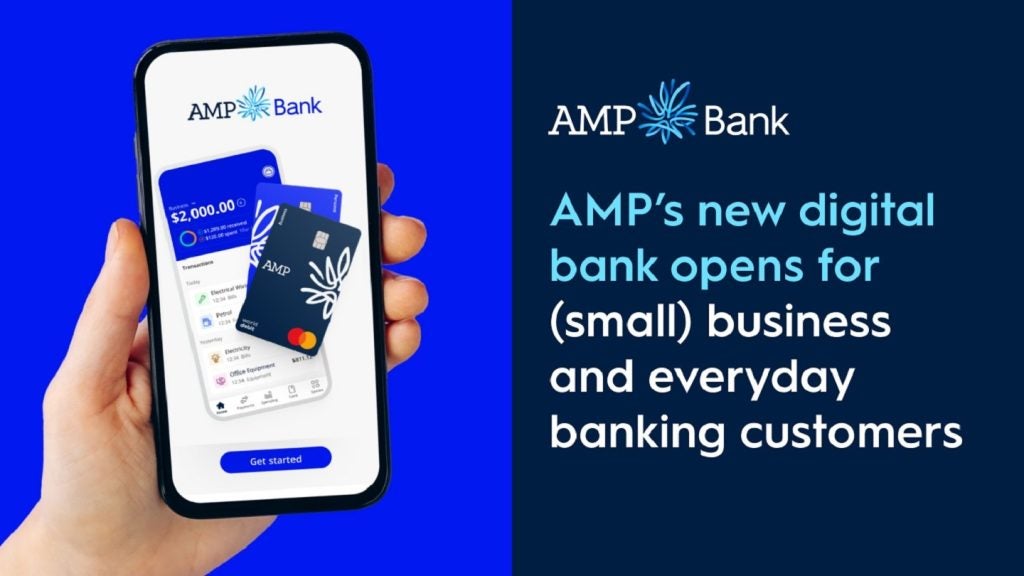Instant payments are processed in real time, 24 hours a day, 365 days a year, where the funds are made available at once for use by the recipient. This has many benefits. Consumers can manage their money effectively, without needing to account for pending transactions. Businesses can improve cashflow because the sales they make result in instantly cleared funds.
Consumer demand for instant and faster payments
Meanwhile, financial institutions can gain competitive advantage by offering new payments solutions. The growth in international trade, e-commerce and digital banking together with changes in consumer behaviour with the rise of tech-savvy Generation Z has driven a rapid demand for instant and faster payments.
For these reasons, regulators are keen to see them rolled out across Europe, with the European Commission aiming to foster full take-up throughout the region. But doing so has been a challenge with only partial industry participation owing to fragmentation of the market, low awareness and worries about their safety and often premium pricing.
The result? The European Commission is considering legislative action to make instant payments mandatory. If this happens, as it’s expected to, financial institutions will need to grapple with a range of issues they’ve hitherto kicked into the long grass. These include the need to respond to regulatory concerns, the ability to manage liquidity, and the capacity to meet customer expectations by providing a smooth service.
But the biggest challenge of all will be protecting against real-time fraud, money laundering, terrorist financing and sanctions screening. After all, how can financial institutions spot and stop an illegal payment that happens in seconds?
Most other payment types offer a window of opportunity to undertake checks and the ability to recall funds before they’ve cleared. Instant payments not only remove those precious seconds, but are irreversible. The person starting the payment cannot stop it happening once underway and the recipient can withdraw those finds immediately.
How well do you really know your competitors?
Access the most comprehensive Company Profiles on the market, powered by GlobalData. Save hours of research. Gain competitive edge.

Thank you!
Your download email will arrive shortly
Not ready to buy yet? Download a free sample
We are confident about the unique quality of our Company Profiles. However, we want you to make the most beneficial decision for your business, so we offer a free sample that you can download by submitting the below form
By GlobalDataStopping fraud before it happens
There is no silver bullet to solve this problem. Yet there are steps leaders can take to limit its impact. And these all add up to an integrated approach that pulls on every lever of protection available. It needs to include a review of processes, customer education, new skills and the latest technology. Taken together they will reduce risk.
For example, processes that rest on rules-based systems to spot fraud are no longer fit for purpose in the world of instant payments. The rules in this approach are defined by staff and must be manually set and updated as threats evolve. Between the updates, criminals find loopholes and gaps. Without the safety net provided by a time lag, fraudsters can reap the rewards.
The need for clear communications
Furthermore, consumers need to be more aware than ever of how fraud is committed if they’re to balance the risk and reward of instant payments. It’s therefore incumbent on banks to redouble their efforts to instil safe behaviours, such as being wary of unsolicited emails, links and requests for banking information. In short, consumers need a ‘zero trust’ policy should any doubts arise. Banks can’t force their customers to be more wary, making a clear communications plan essential.
Meanwhile, the skills needed to manage fraud within financial institutions need to shift away from legacy techniques managed by compliance professionals with a legal background. While still important, the real focus should be on building teams with an understanding of Artificial Intelligence (AI), Machine Learning (ML) and data analytics.
This is because only this type of software can work at the speed to detect and halt crime. In theory, the latest techniques allow software to learn and act at the speed of light.
While these latest developments are still to be applied to fraud detection software, it underlines the lightening quick actions that can happen in those precious moments as an instant payment takes place. Compared to traditional software and the human brain, there is no comparison.
But it’s not just about speed. It’s also about scale. AI can scour historic data covering millions of payments, current customer behaviour and previously unseen trends to spot fraud and stop it by blocking payments at the messaging interface.
Legacy technology limitations
No amount of compliance specialists armed with legacy technology can do this. And even if they do spot a new pattern, they can only work reactively, setting up a new rule after the loss. In the new world, this will be simply too late.
What’s more, AI and ML can predict and model emerging types of fraud. It can be one step-ahead of criminals, identifying and anticipating their next move. It achieves this by detecting anomalies related to devices, transactions and locations, combining it with information about customer behaviours and deviations, and comparing it to huge libraries of existing fraud cases – again, at huge scale and break-neck speed.
Taken as part of an integrated approach to fraud prevention, this software can improve detection rates across all payment networks and channels, keeping up with novel fraud schemes as they evolve. The impact is the dramatic reduction of financial losses and costly false positives.
When to invest
There’s an argument that investing in this type of fraud detection should be on all financial institutions’ agendas given its power. But without a catalyst, many organisations will keep going with their existing procedures, policies and technology.
Which begs the question of when the European Commission will act. When will it compel those within the region to adopt instant payments? The answer, as ever with regulators, isn’t clear. Yet we know it’s imminent. As of September 2022, the European Parliament said: “The Commission intends to adopt a proposal for a regulation on instant payments within 2022.”
So, there we have it. The regulation will be decided upon between now and 31 December. After that, the industry will know when they need to be ready for a mandated change. And while the sprint hasn’t started yet, those who are limbering up and getting ready will be the ones that come out in front eventually.

Saeed Patel is Group Director at Eastnets







